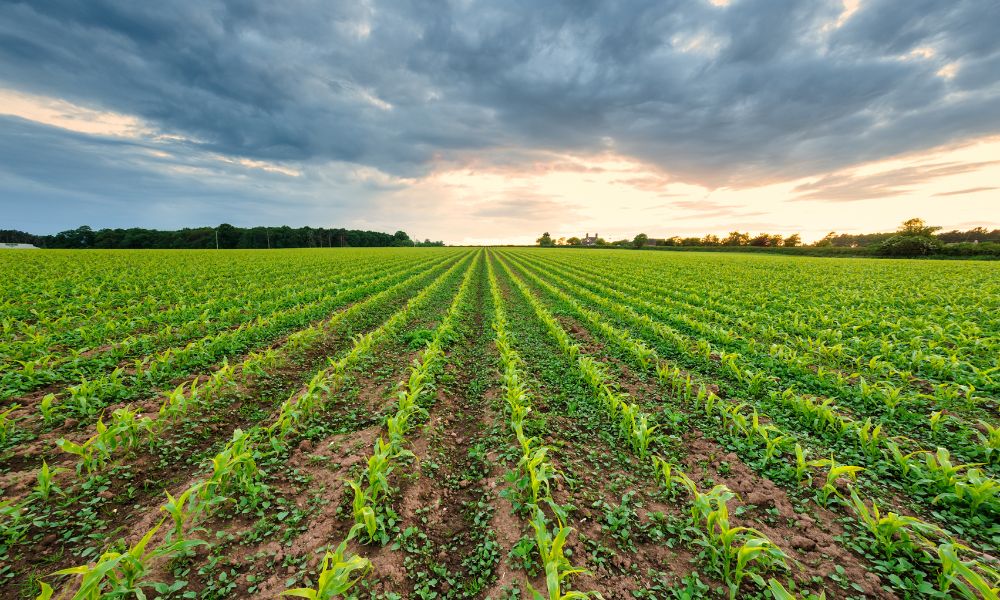Spain, a country renowned for its rich history, vibrant culture, geography full of breathtaking landscapes, owes much of its character to its diverse climate. From the sun-kissed Mediterranean coast to the lush greenery of the north, the climate of Spain plays a pivotal role in shaping its ecological diversity, cultural traditions, and economic activities.
The Diverse Climates of Spain
The Mediterranean Climate

The Mediterranean climate characterizes much of the eastern and southern coasts of Spain. This region experiences warm, dry summers and mild, wet winters. Cities like Barcelona and Valencia thrive under this climate, benefiting agriculture (particularly olive and citrus cultivation) and bolstering a thriving tourism industry.
The Oceanic Climate
In contrast, Spain’s northern regions, including the Basque Country, Asturias, and Galicia, are under the influence of the oceanic climate. This climate brings more rainfall and moderate temperatures, contributing to the lush, green landscapes synonymous with northern Spain. This climate deeply influences the local culture, evident in the architecture, cuisine, and lifestyle.
The Continental Climate
Central Spain, particularly the Castilian plateau, experiences a continental climate. Characterized by hot summers and cold winters, this climate presents challenges and opportunities for residents. Cities like Madrid showcase how life adapts to these conditions, with distinct cultural practices evolving around the seasonal extremes.
The Semi-Arid Climate
The southeast, including parts of Andalusia and Murcia, experiences a semi-arid climate. This region sees minimal rainfall and has unique flora and fauna adapted to these dry conditions. The ingenious use of water, visible in historical irrigation systems, highlights the adaptation of human activities to this climate.
Climate Change and its impact on Spain’s weather

Recent decades have seen shifts in Spain’s climate patterns, with rising temperatures and altered precipitation patterns. These changes have profound implications for water resources, agriculture, and coastal regions, necessitating adaptive strategies and sustainable practices.
Regional variations and cultural significance
Spain’s climatic diversity is not just a matter of geography; it is deeply woven into the fabric of Spanish life. The climate influences everything from the famous Spanish siesta to regional culinary traditions and vibrant festivals. Understanding these connections enriches the appreciation of Spain’s cultural heritage.





